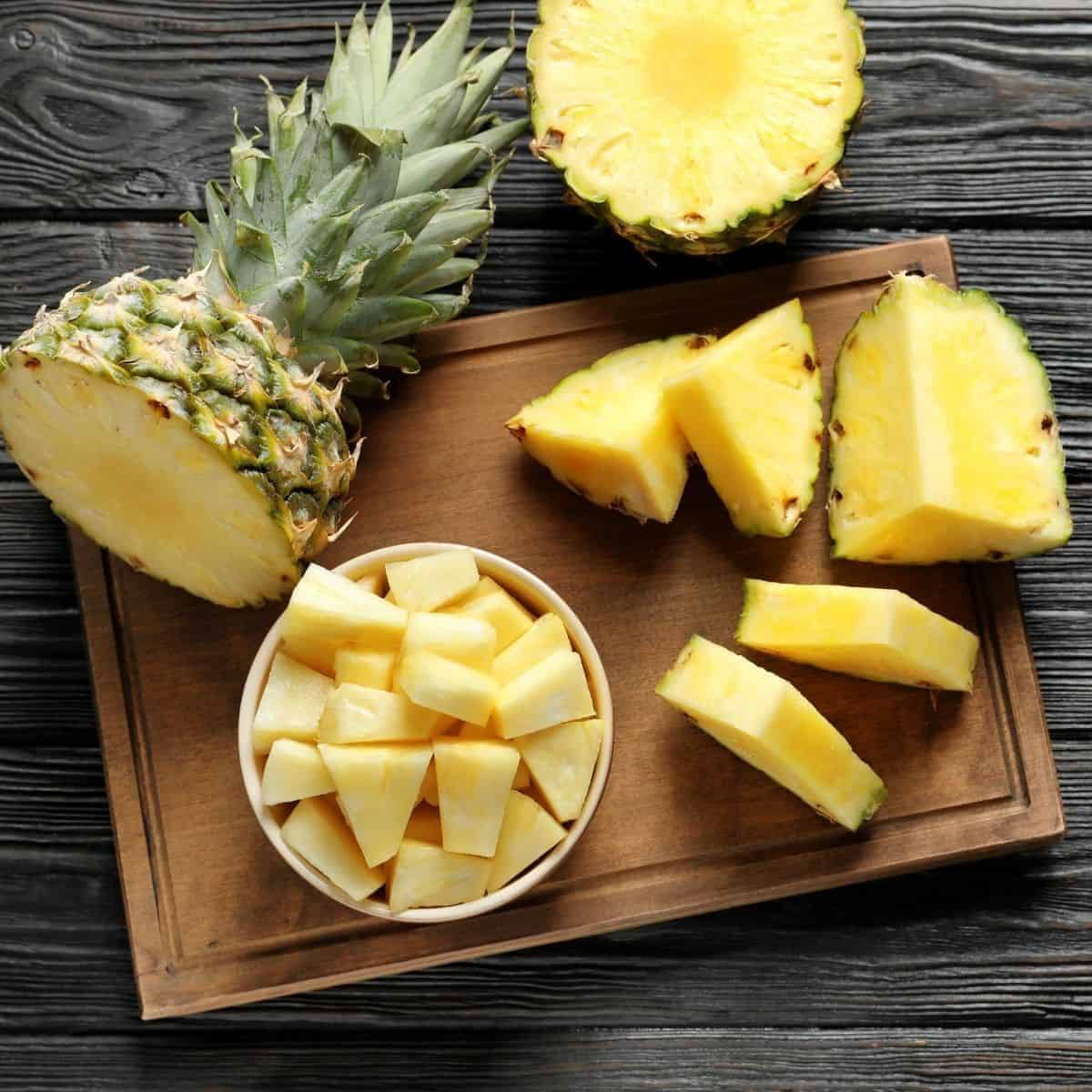

Articles
How To Store Pineapple In Fridge
Modified: May 6, 2024
Learn how to store pineapple in the fridge to keep it fresh and flavorful for longer. Read our informative articles for expert tips and tricks.
(Many of the links in this article redirect to a specific reviewed product. Your purchase of these products through affiliate links helps to generate commission for Storables.com, at no extra cost. Learn more)
Introduction
Pineapple is a tropical fruit loved by many for its sweet and tangy flavor. Whether you’re enjoying it as a refreshing snack, adding it to a fruit salad, or incorporating it into a savory dish, pineapple is a versatile and delicious fruit. However, like many fruits, pineapple has a limited shelf life and can quickly spoil if not stored properly. This is where storing pineapple in the fridge becomes crucial.
In this article, we will explore the benefits of storing pineapple in the fridge, how to choose a ripe pineapple, the proper way to prepare it for storage, and tips to maximize its shelf life. By following these guidelines, you can extend the lifespan of your pineapple and ensure that it stays fresh, juicy, and flavorful for a longer period.
Key Takeaways:
- Keep your pineapple fresh and flavorful by storing it in the fridge. Enjoy the benefits of extended shelf life, preserved nutritional value, and enhanced texture and flavor.
- Choose ripe pineapples based on color, firmness, aroma, and leaf appearance. Properly prepare and store them to maximize freshness and enjoy their delightful taste.
Read more: How To Store Cut Pineapple In Fridge
Why Store Pineapple in the Fridge?
Storing pineapple in the fridge offers numerous advantages when it comes to extending its freshness and optimizing its flavor. Here are some key reasons why you should consider refrigerating your pineapple:
- Preserves Freshness: Pineapples are highly perishable fruits that start to deteriorate quickly at room temperature. By storing them in the fridge, you can slow down the ripening process and maintain their freshness for a longer period.
- Retains Nutritional Value: Cold temperatures help to preserve the nutritional content of pineapple. Vitamins, minerals, and antioxidants present in the fruit are better preserved when stored in a cool environment.
- Prevents Mold and Bacterial Growth: The cold temperature of the fridge inhibits the growth of mold and bacteria, reducing the risk of spoilage and extending the shelf life of the fruit.
- Enhances Texture: Refrigeration helps to keep the texture of pineapple firm and juicy. The cold temperature slows down enzymatic reactions that can lead to texture changes, maintaining the desired crispness of the fruit.
- Improves Flavor: Storing pineapple in the fridge can help to enhance its flavor. The cool environment allows the fruit to retain its sweet and tangy taste, making each bite a delightful and refreshing experience.
- Enables Meal Planning: By refrigerating pineapple, you can have it readily available for various recipes and meal preparations. Having pre-cut or whole pineapple in the fridge allows for convenient use in smoothies, desserts, salads, and more.
Overall, storing pineapple in the fridge is essential to ensure its longevity and to fully enjoy its delicious taste and nutritional benefits. Now that we understand the benefits, let’s explore how to choose a ripe pineapple.
Choosing a Ripe Pineapple
When it comes to selecting a ripe pineapple, there are a few key factors to consider. Follow these tips to choose a pineapple that is sweet, juicy, and ready to eat:
- Color: Look for pineapples with a vibrant golden color. Avoid fruits that are mostly green, as they are likely underripe. The presence of slight brown dots on the skin is normal and indicates a ripe pineapple.
- Firmness: Gently squeeze the pineapple to feel its firmness. It should have a slight give when pressed, but not be too soft. Avoid pineapples that are too hard or too mushy, as they may be either unripe or overripe.
- Aroma: Give the pineapple a sniff near the base of the fruit. A ripe pineapple should have a sweet, tropical smell. If you detect a sour or fermented odor, it may be an indication of overripeness or spoilage.
- Leaf Appearance: Examine the leaves at the crown of the pineapple. They should be fresh, green, and vibrant. If the leaves are dry, wilted, or easily detachable, the pineapple may be past its prime.
- Size: Pineapples come in different sizes, so choose one that suits your needs. Keep in mind that larger pineapples may have a higher water content and can be juicier.
It’s worth noting that while you can ripen a pineapple at room temperature, once it is fully ripe, it is best to store it in the fridge to maintain its freshness. Let’s move on to preparing the pineapple for storage.
Preparing the Pineapple for Storage
Before storing a pineapple, it’s important to properly prepare it to ensure maximum freshness and flavor retention. Here are the steps to follow:
- Wash the pineapple: Start by rinsing the pineapple under cool running water. This will help remove any dirt or debris from the skin.
- Trim the crown and base: Using a sharp knife, carefully cut off the crown (leafy top) and slice a small portion off the base of the pineapple. This will create stable surfaces for storing and cutting the fruit.
- Remove the skin: Place the pineapple upright on a cutting board and carefully slice off the skin in vertical strips, following the natural curve of the fruit. Aim to remove as little flesh as possible.
- Remove the eyes: Pineapples have small, brown, tough spots called “eyes” on their surface. To remove them, make shallow diagonal cuts along the lines of the eyes, forming a spiral pattern around the pineapple.
- Cut as desired: Depending on your preference, you can cut the pineapple into various forms, such as wedges, chunks, or rings. Remove the core if desired, as it can be tough to eat.
Once the pineapple is properly prepared, you can choose to store it whole or in smaller portions. Let’s explore the different methods for storing pineapple in the fridge.
To store pineapple in the fridge, cut it into chunks or slices and place them in an airtight container or resealable bag. This will help keep the pineapple fresh and prevent it from absorbing other odors in the fridge.
Storing Whole Pineapple in the Fridge
If you prefer to store the pineapple in its whole form, follow these steps to keep it fresh in the fridge:
- Wrap: Wrap the whole pineapple tightly in plastic wrap or place it in a resealable plastic bag. This will help prevent the fruit from drying out and absorbing unwanted odors from the fridge.
- Label and date: If desired, label the package with the date of storage to keep track of its freshness.
- Refrigerate: Place the wrapped pineapple in the crisper drawer or a designated section of the fridge. The cool temperature will help maintain its freshness and extend its shelf life.
A whole pineapple stored in the fridge can typically last for up to 5-7 days. It’s important to note that the fruit may start to lose its firmness and texture over time, so it’s best to consume it as soon as possible.
Now, let’s move on to storing cut pineapple in the fridge, which allows for convenient snacking and versatile use in various recipes.
Read more: How To Store A Pineapple
Storing Cut Pineapple in the Fridge
If you have cut up a pineapple and only need to store a portion of it, follow these steps to keep it fresh in the fridge:
- Place in an airtight container: Transfer the cut pineapple into a clean, airtight container. Glass or plastic containers with tight-fitting lids work well for this purpose.
- Remove excess moisture: Before sealing the container, place a paper towel at the bottom to absorb any excess moisture. This will help prevent the pineapple from becoming mushy.
- Seal and label: Seal the container tightly and label it with the date of storage to keep track of freshness.
- Refrigerate: Place the container in the fridge, ideally in the crisper drawer or a cool section of the refrigerator.
By following these steps, cut pineapple can last for up to 3-5 days in the fridge. However, please note that the texture and taste may deteriorate over time, so it’s best to consume it within the first few days for the best quality.
Now that you know how to store pineapple in the fridge, let’s explore some additional tips to maximize its shelf life.
Tips for Maximizing Pineapple Shelf Life
To ensure that your pineapple stays fresh and delicious for as long as possible, consider these tips:
- Store at the right temperature: Keep your pineapple refrigerated at a temperature between 40-45°F (4-7°C). This will slow down the ripening process and help prevent spoilage.
- Handle with care: Pineapples are delicate fruits, so handle them gently to avoid bruising or damage that can accelerate spoilage.
- Keep it separate: Avoid storing pineapples alongside other fruits, as they release a natural gas called ethylene that can speed up the ripening process and cause premature spoilage.
- Avoid excessive moisture: Excess moisture can cause pineapple to become mushy and spoil quickly. Make sure to pat dry the fruit before storing it to remove any excess moisture.
- Don’t wash before storing: It’s best to wash the pineapple right before consuming it to prevent the buildup of excess moisture. Washing it before storage can lead to quicker spoilage.
- Rotate your stock: If you have multiple pineapples, make sure to use the oldest ones first to prevent any from becoming overripe or spoiled.
- Freeze for longer storage: If you have an abundance of pineapple that you can’t consume before it spoils, consider freezing it in chunks or slices. Properly stored, frozen pineapple can last for several months and can be used in smoothies or as a frozen treat.
By following these tips, you can maximize the shelf life of your pineapple and enjoy its freshness for a longer duration.
Now you’re equipped with the knowledge of how to store pineapple in the fridge and prolong its quality. Enjoy the delightful sweetness and versatility of pineapple while it remains fresh!
Conclusion
Proper storage is essential for maintaining the freshness and flavor of pineapple. By storing pineapple in the fridge, you can extend its lifespan, preserve its nutritional value, and enjoy its delicious taste for a longer period. Whether you choose to store a whole pineapple or cut-up pieces, following the right techniques will help you make the most of this tropical fruit.
Remember to choose ripe pineapples based on their color, firmness, aroma, and leaf appearance. Prepare the pineapple by washing, trimming the crown and base, removing the skin and eyes, and cutting it into desired forms. When storing a whole pineapple, wrap it in plastic wrap or place it in a resealable plastic bag to maintain its freshness. For cut pineapple, transfer it to an airtight container, remove excess moisture, and label it with the date of storage.
To maximize the shelf life of pineapple, store it at the proper temperature, handle it with care, keep it separate from other fruits, avoid excessive moisture, and rotate your stock. Freezing pineapple is also an option if you have an excess amount that you can’t consume in time.
By implementing these storage techniques and following the tips provided, you can ensure that your pineapple remains fresh, juicy, and flavorful. So go ahead, store your pineapple in the fridge, and savor the tropical delight whenever you crave a sweet and tangy treat or add a burst of flavor to your favorite dishes.
Enjoy the delicious taste and versatility of pineapple, knowing that it can stay fresh and delightful for an extended period with the right storage methods!
Now that you've mastered storing pineapple, why stop there? Discovering efficient methods for keeping all sorts of food fresh is just a click away. Our latest article on the best food storage solutions for the upcoming year offers a wealth of tips that will come in handy. From fruits to grains, learning these techniques ensures your groceries maintain their taste and longevity.
Frequently Asked Questions about How To Store Pineapple In Fridge
Was this page helpful?
At Storables.com, we guarantee accurate and reliable information. Our content, validated by Expert Board Contributors, is crafted following stringent Editorial Policies. We're committed to providing you with well-researched, expert-backed insights for all your informational needs.
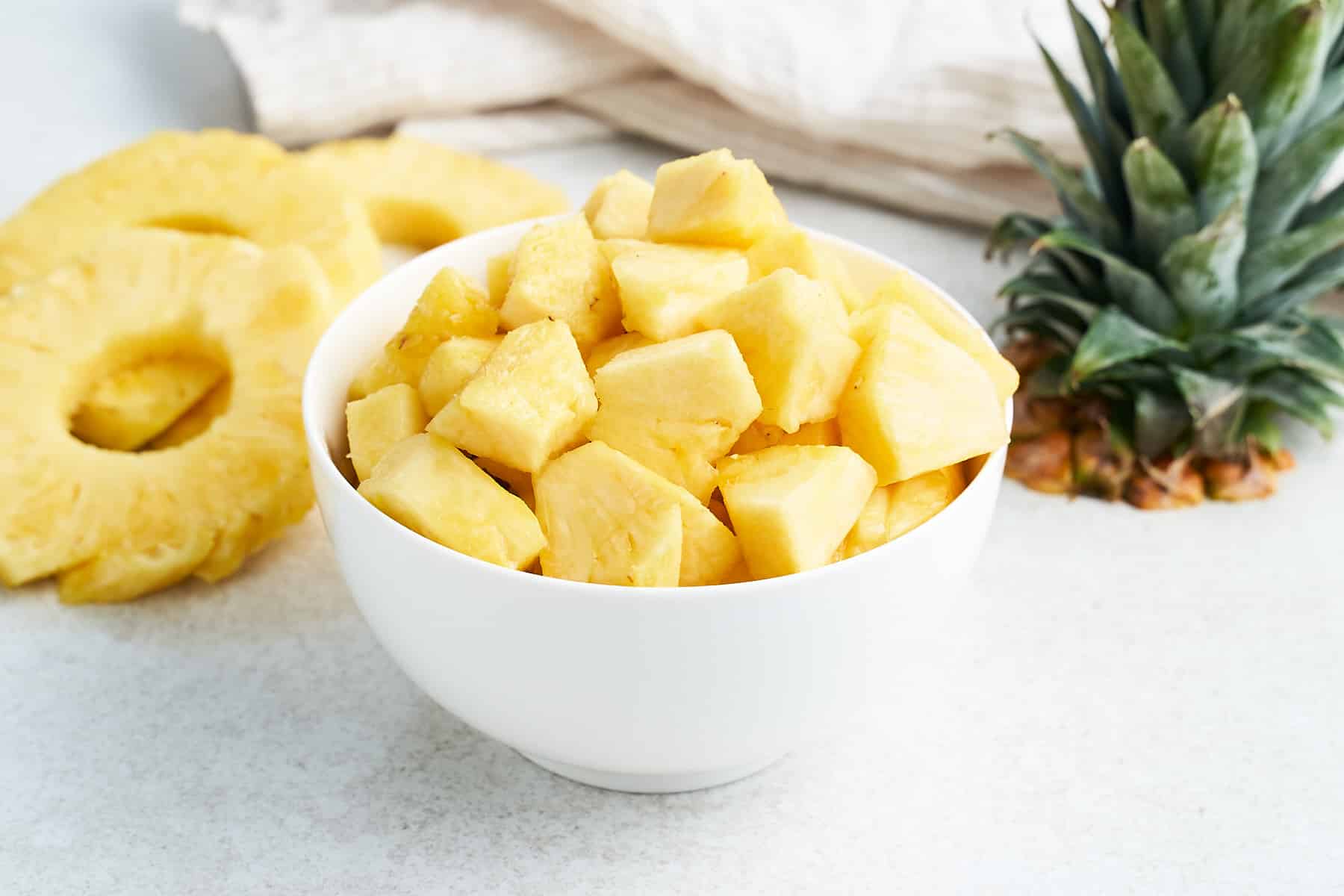
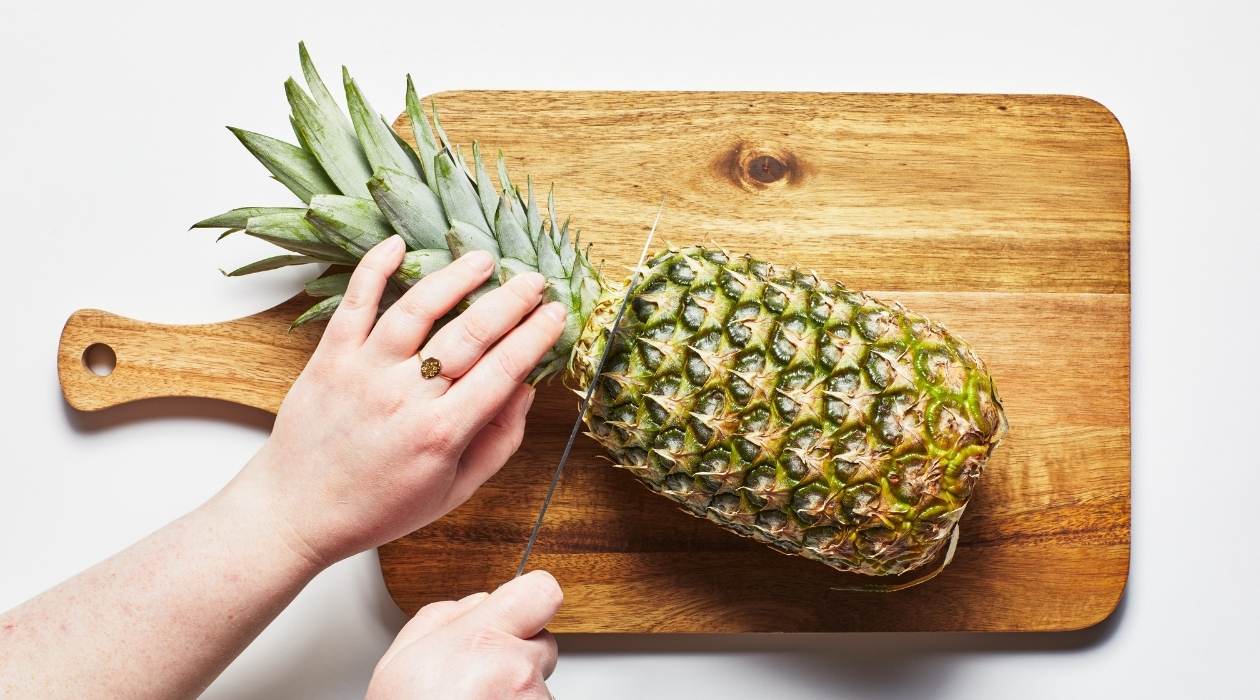
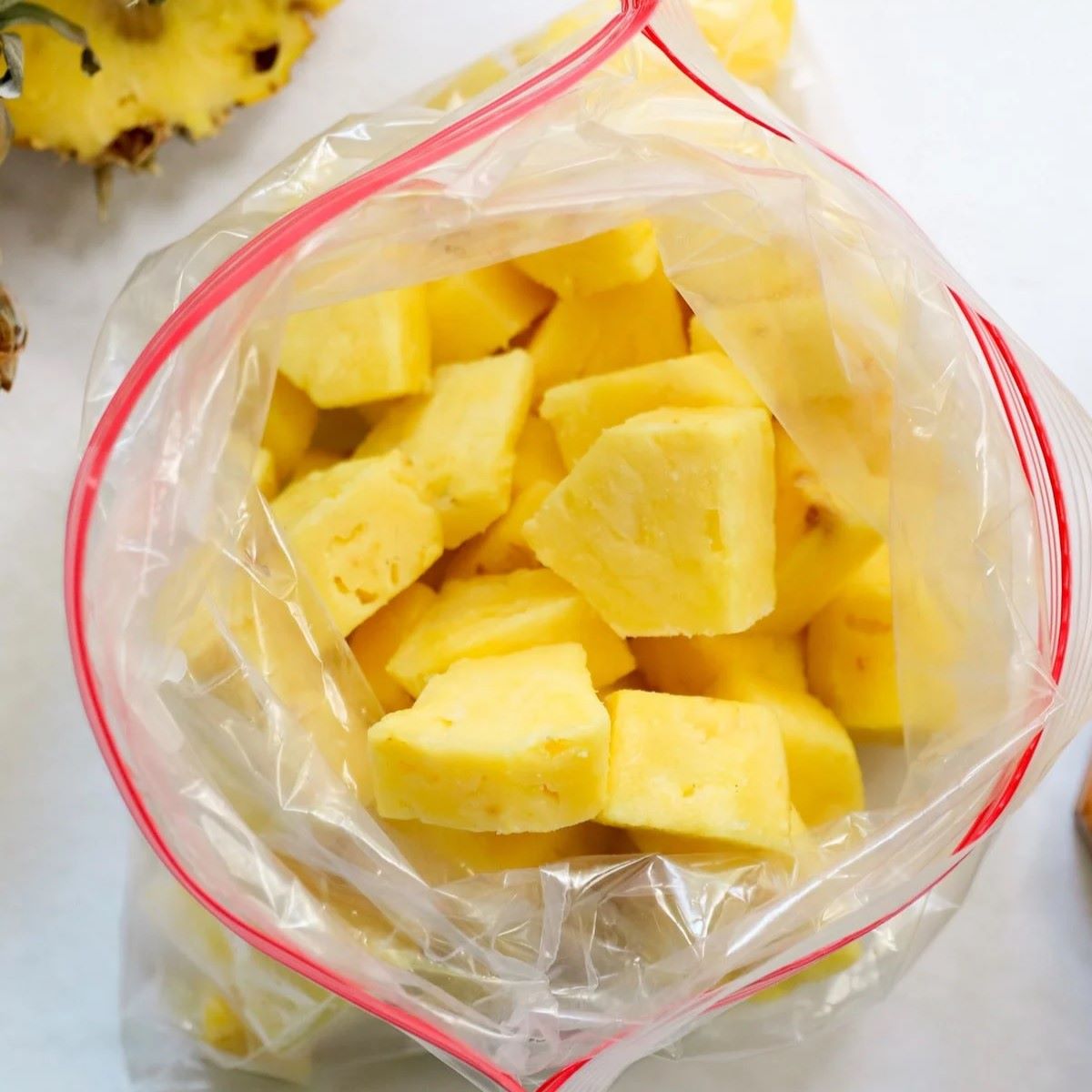
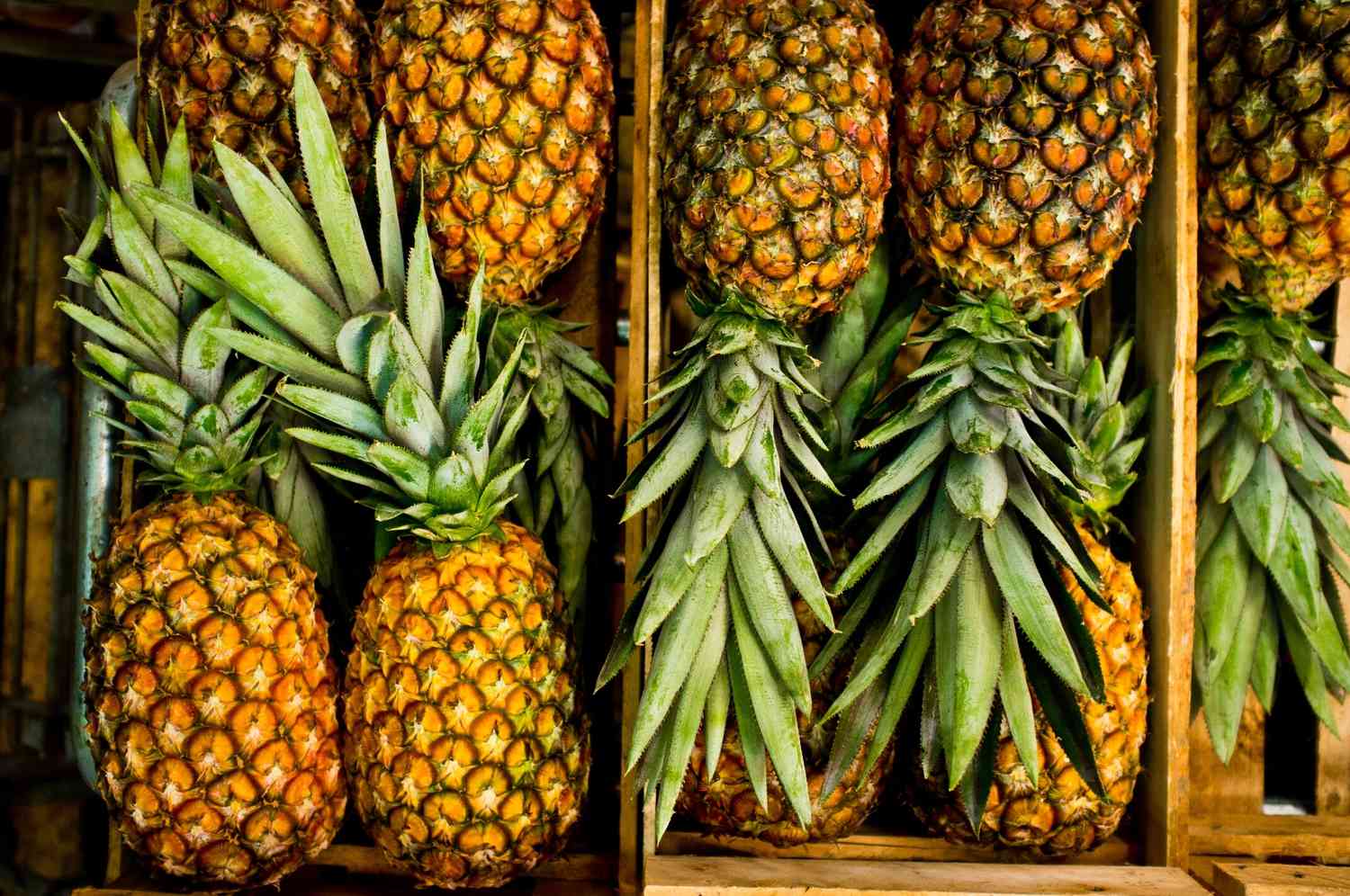
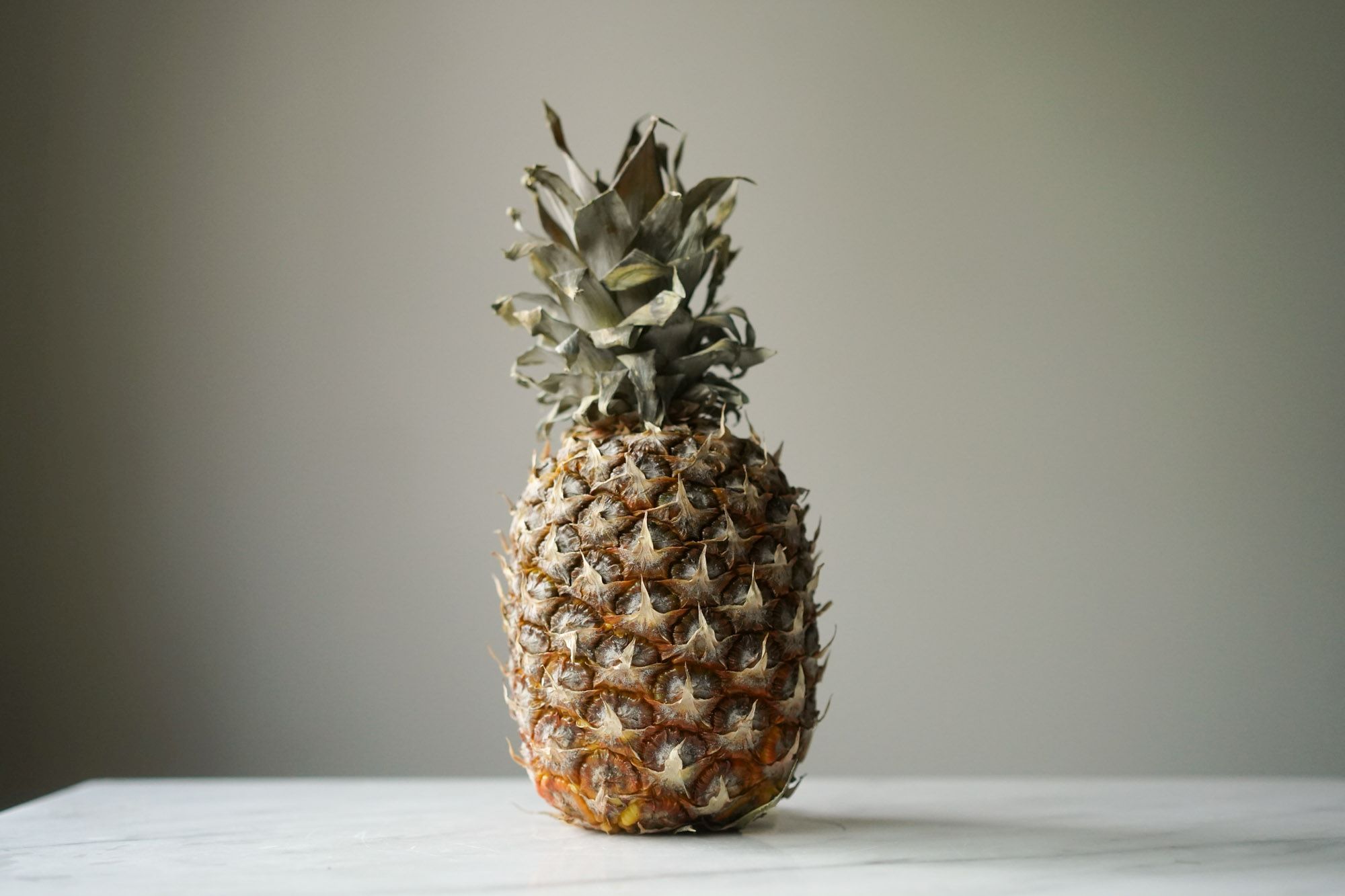
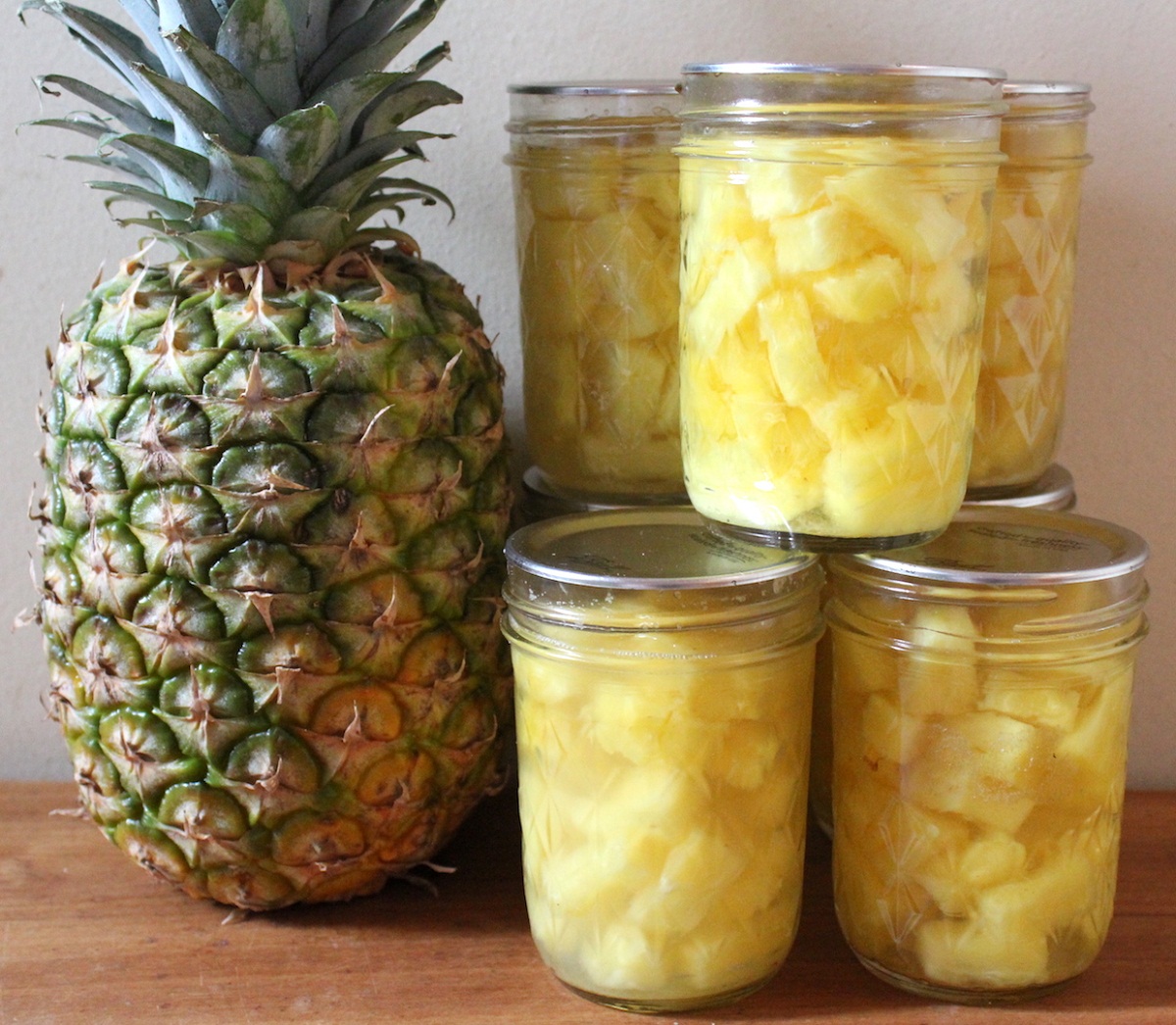


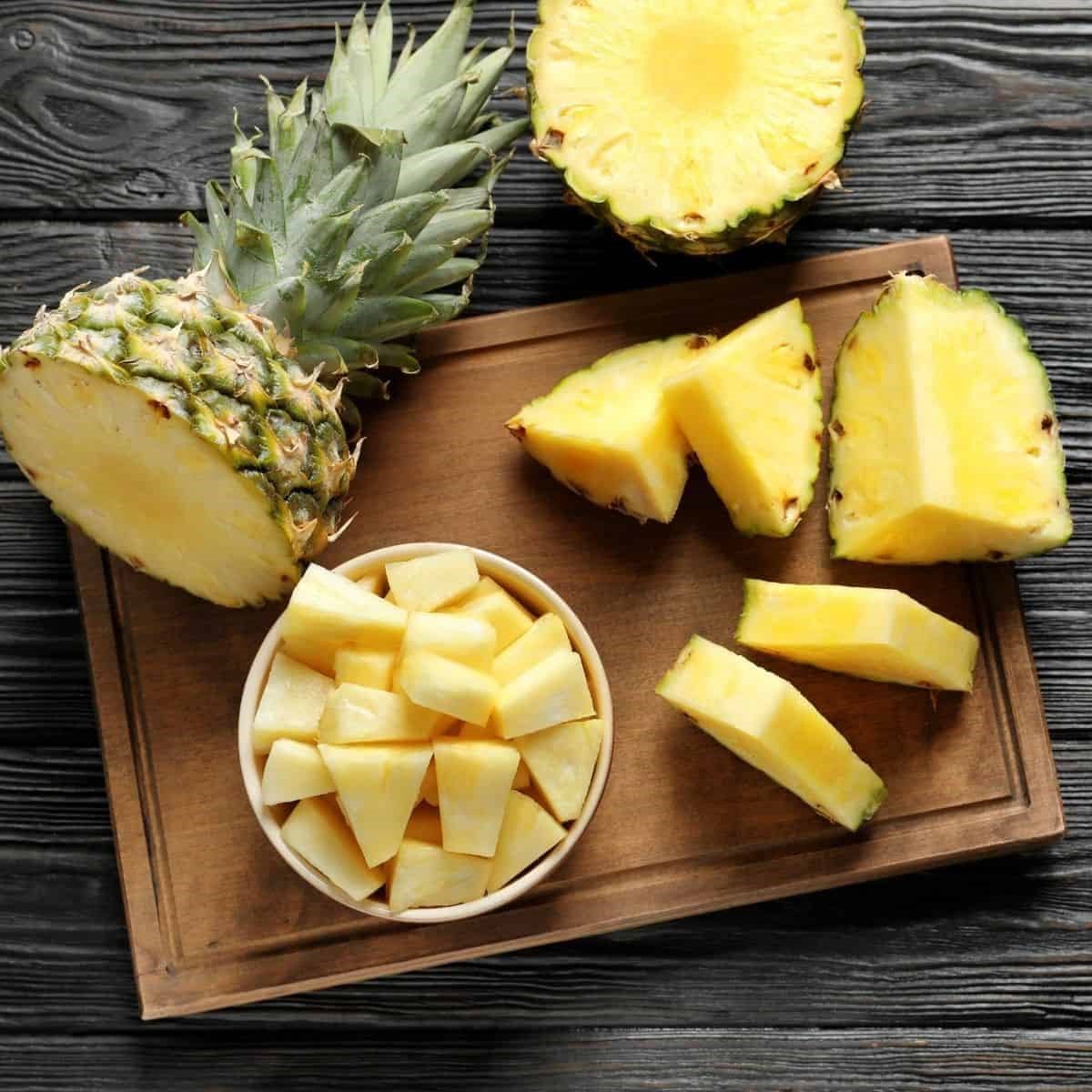

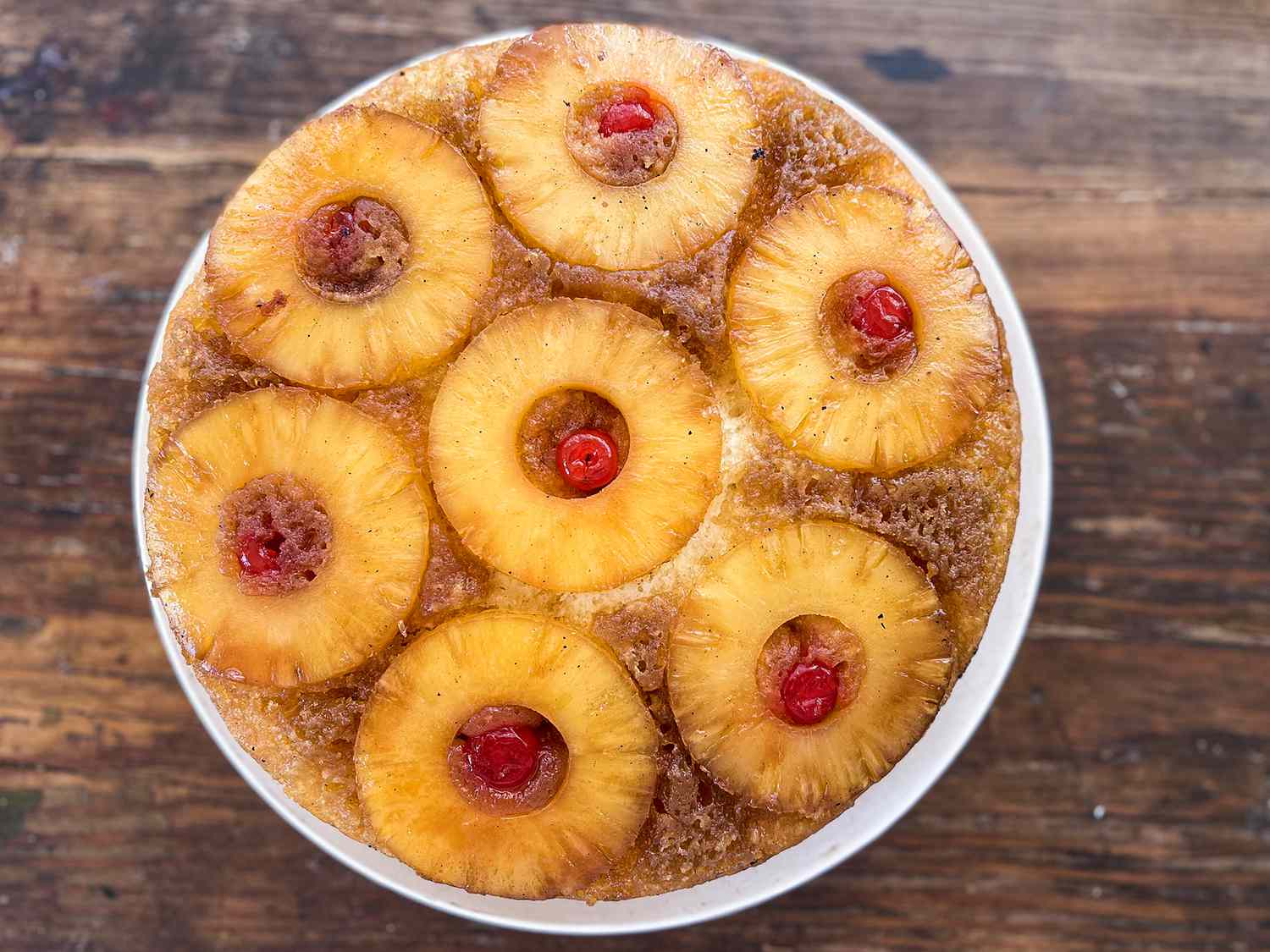
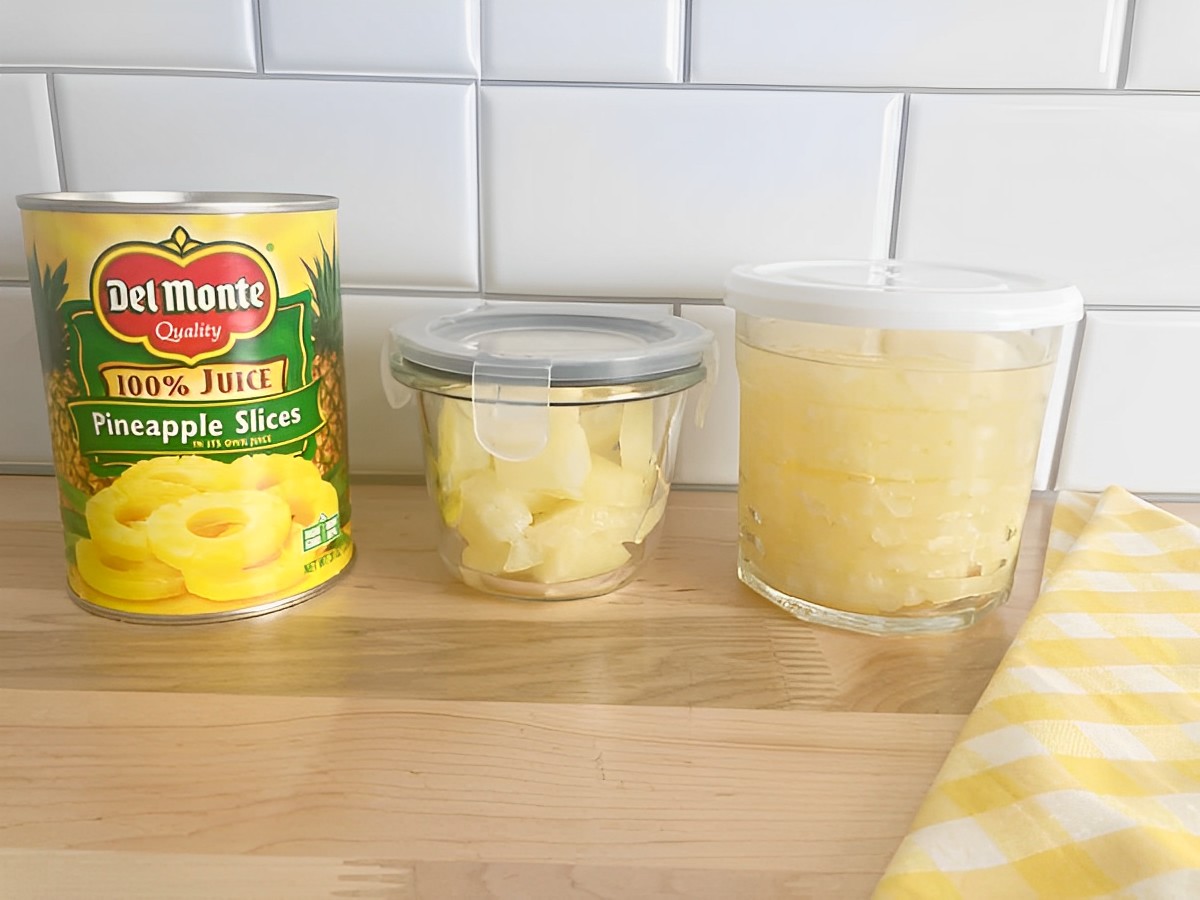
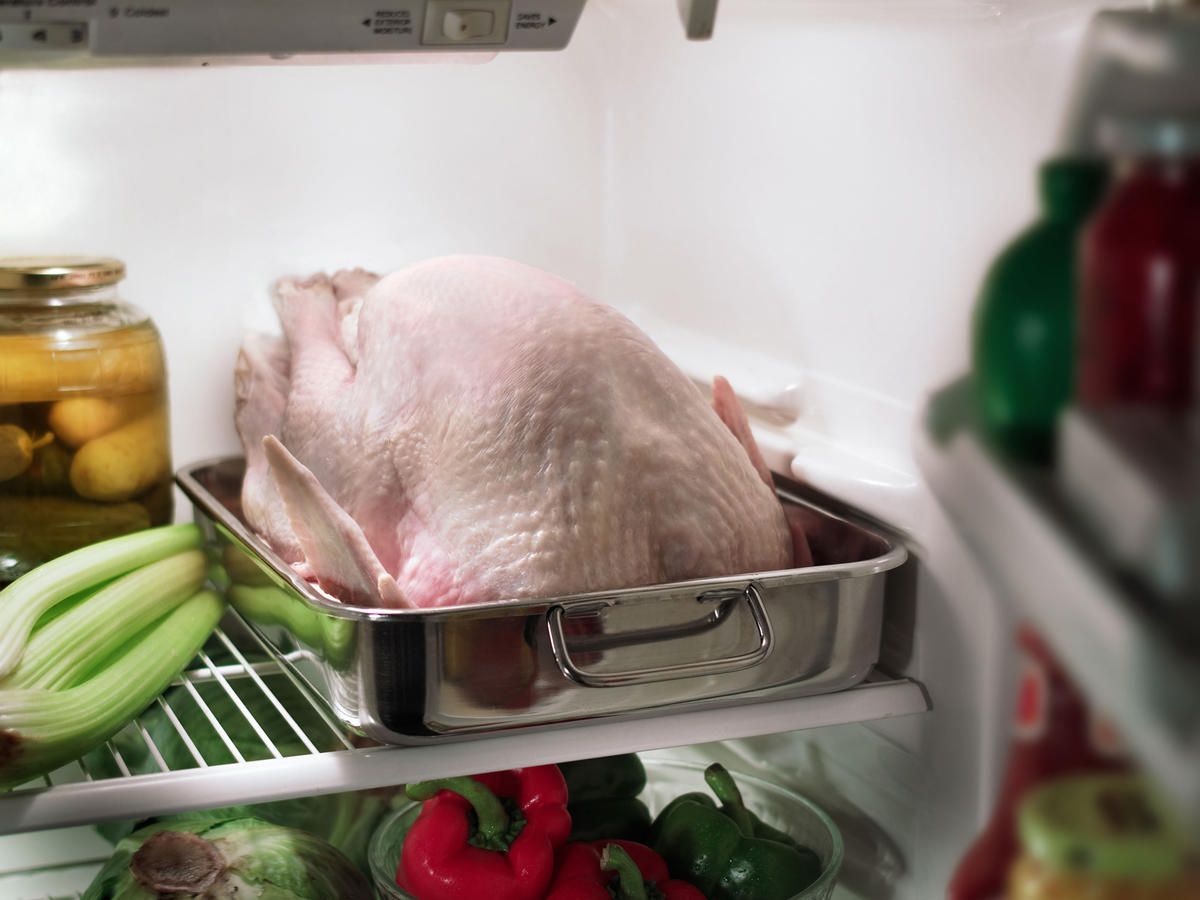
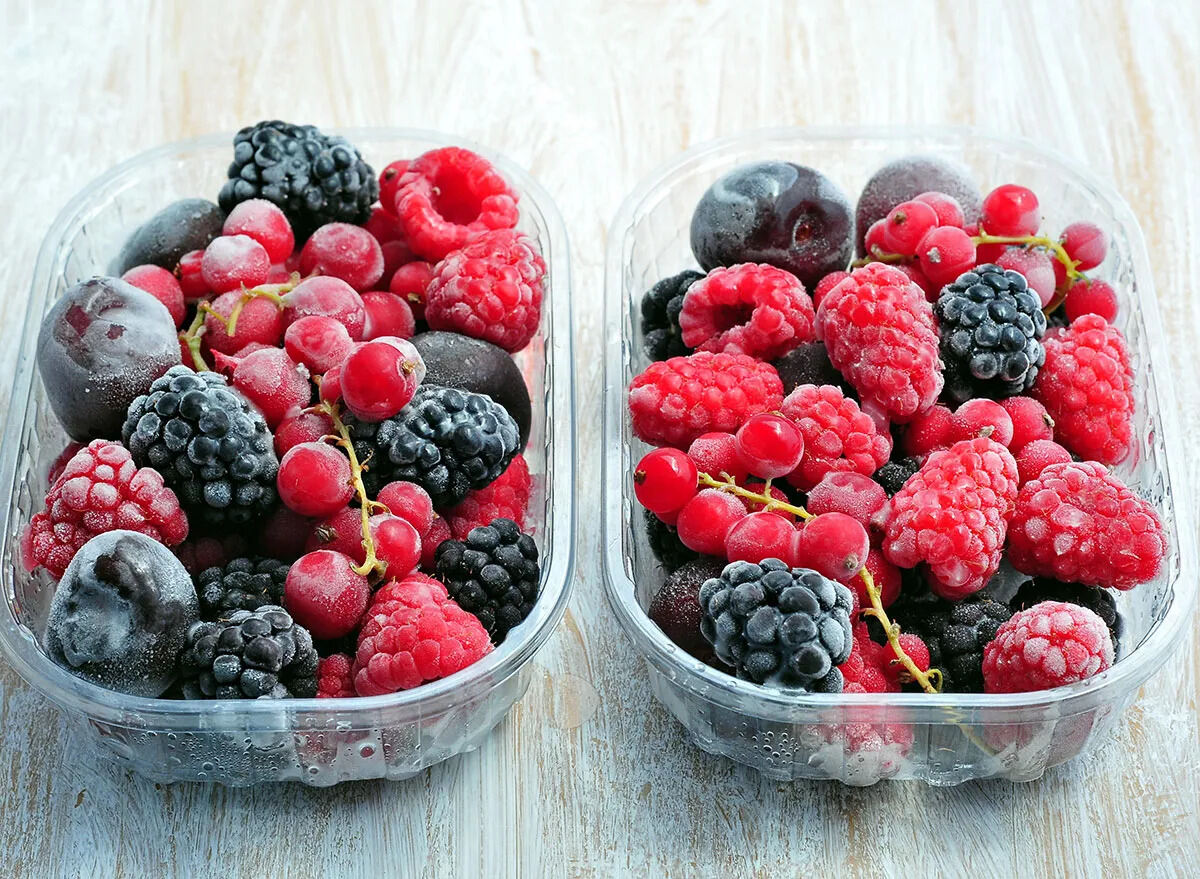

0 thoughts on “How To Store Pineapple In Fridge”